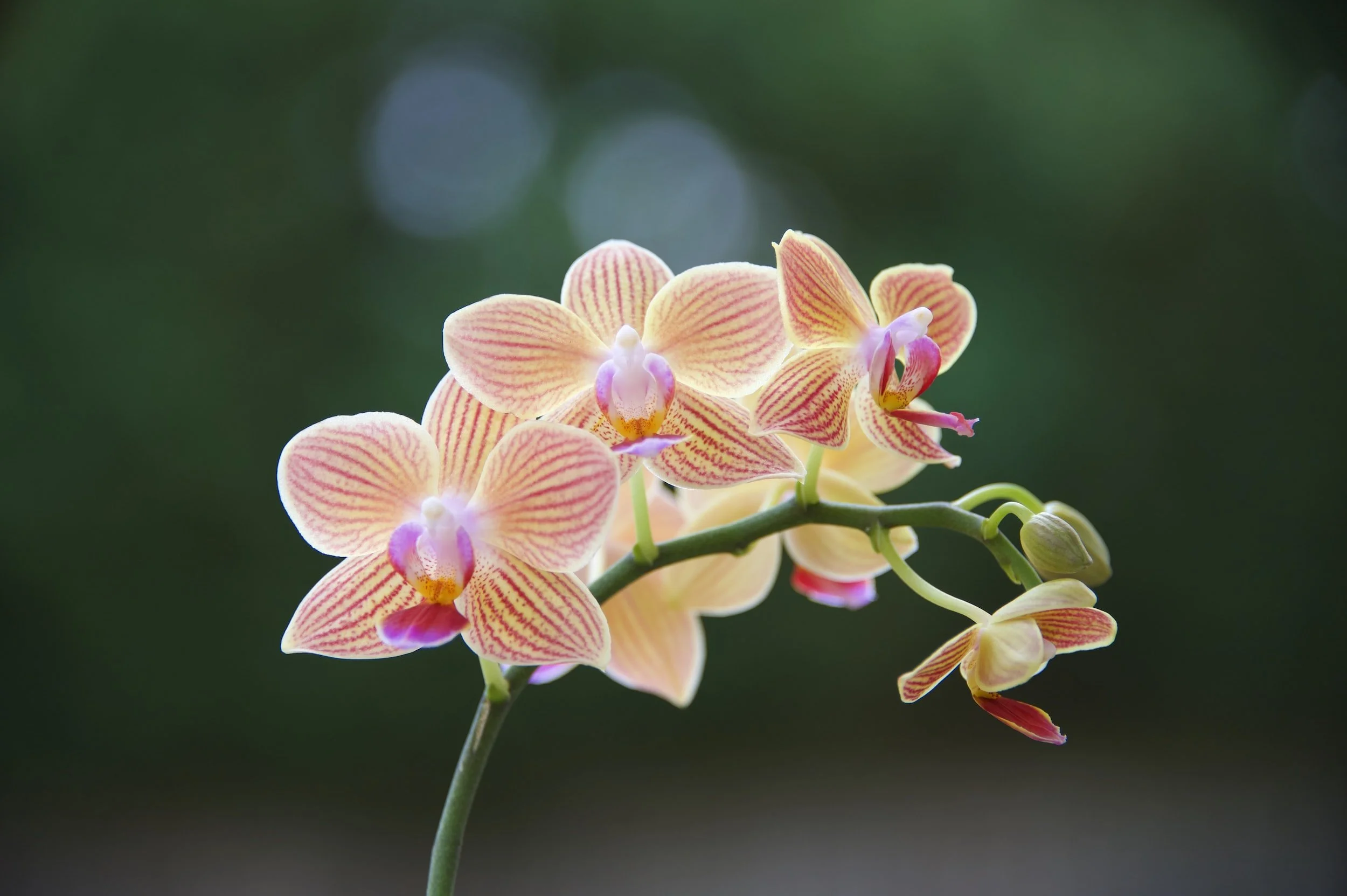Understanding the Continuum of Sensitivity
A Variety of HSP Types
To be or not to be sensitive… is that the question? Wisdom tells us that reality likely does not fall into such black and white categories. Are there really these two “types” of people (the highly sensitive and the not sensitive)? Research now shows evidence for a continuum, or spectrum, of sensitivity, with three main groupings in children, adolescents, and adults.
Up to 30% of the adult population has a higher level of sensory processing sensitivity (SPS), as supported by a substantial body of research that is still growing. The label of Highly Sensitive Person (HSP) has been used to describe people with this trait.
Heightened sensitivity to the environment is seen across species (over 100 have been studied) as seen in temperament, behavior, and gene variants, and is considered to be an evolutionary adaptation.
Are you Highly Sensitive? We invite you to participate in our HSP Voices Research Study.
Research on the Sensitivity Continuum
Initial research on the HSP trait led to an understanding of two basic groups: the highly sensitive and everyone else. A metaphor of orchids and dandelions was introduced in 2005 to describe how different children react in challenging situations. The dandelions were children who would thrive in most circumstances, while the orchids required greater care and attention, but under the right circumstances not only thrived, but excelled. The sensitive group was thought to be more impacted by both negative (for the worse) and positive (for the better) environments.
Further research looked at adult measures on the HSP scale and the Big 5 personality traits (neuroticism, openness, extroversion, conscientiousness, agreeableness) and emotional reactivity. Three groupings were revealed:
31% were highly sensitive, or “orchids” in the metaphor. This group was more likely to be introverted and also a stronger emotional reaction to both negative and positive experiences.
29% were low-sensitive “dandelions.” They were less emotionally responsive, less anxious, and more extroverted.
40%, the majority, fell into a medium-sensitive group. A new label of tulips was applied to this group, being flowers that are “very common, but less fragile than orchids while more sensitive to climate than dandelions.”
HSPs as Orchids
Why the comparison to orchids? A few analogies apply:
Fragility: Orchids are known for being delicate and requiring special care to thrive. Similarly, HSPs feel emotions more deeply that others and need a nurturing environment to feel safe and supported.
Sensitivity to the environment: Orchids are highly attuned to their surroundings and can be affected by changes in light, temperature, humidity, and other factors. Similarly, sensitive people may be more sensitive to their environment and may be easily overwhelmed by noise, crowds, or other stimuli.
Beauty and complexity: Orchids are known for their beauty and complexity, with a wide variety of colors, shapes, and patterns. Similarly, sensitive people may have a rich inner world and a depth of emotion and thought that can be both beautiful and complex.
Special needs: Orchids may require special attention and care, such as specific watering schedules or fertilizers, in order to thrive. Similarly, sensitive people may have unique needs in terms of emotional support or communication styles in order to feel understood and valued.
Overall, the comparison between sensitive people and orchids highlights the importance of recognizing and valuing sensitivity as a trait, and of providing the appropriate care and support to help sensitive individuals flourish. Despite the extra care and attention that are needed for an HSP to thrive, the good news is that they respond well to positive influences and experiences.
The Positive Impact of Therapy for HSPs
Positive emotional experiences have a bigger impact on the lives of sensitive people (the orchids). As such, the researchers suggest that HSPs have a “heightened propensity to benefit from positive environmental influences, such as psychological intervention.” In other words, highly sensitive people are likely to experience an even greater benefit from psychotherapy.
As a HSP, you deserve to thrive, live into acceptance of your self, and feel empowered by the strengths that come with increased empathy and sensitivity to the environment. When looking for a therapist, be sure to ask about their familiarity with highly sensitive persons and their approach. Trust your intuition -- you will get the most out of therapy when you feel safe, seen, and understood.
If you are interested in learning more about being highly sensitive or about psychotherapy, please book a free 15-minute consultation or to schedule an appointment.
References
HSP Scale. https://hsperson.com/research/measurement-scales-for-researchers/
Boyce, W. T., & Ellis, B. J. (2005). Biological sensitivity to context: I. An evolutionary-developmental theory of the origins and functions of stress reactivity. Development and Psychopathology, 17(2), 271-301
Lionetti, F., Aron, A., Aron, E. N., Burns, G. L., Jagiellowicz, J., & Pluess, M. (2018). Dandelions, tulips and orchids: evidence for the existence of low-sensitive, medium-sensitive and high-sensitive individuals. Translational Psychiatry, 8(1), doi: 10.1038/s41398-017-0090-6.
